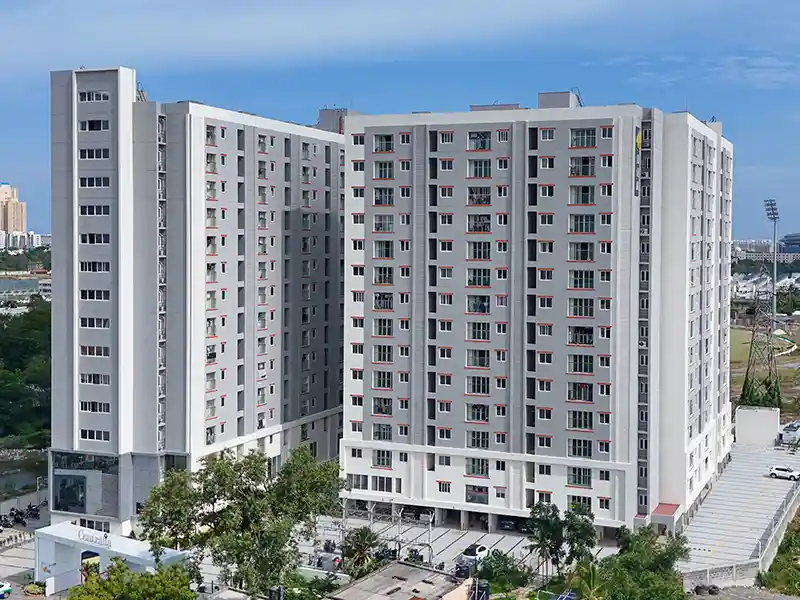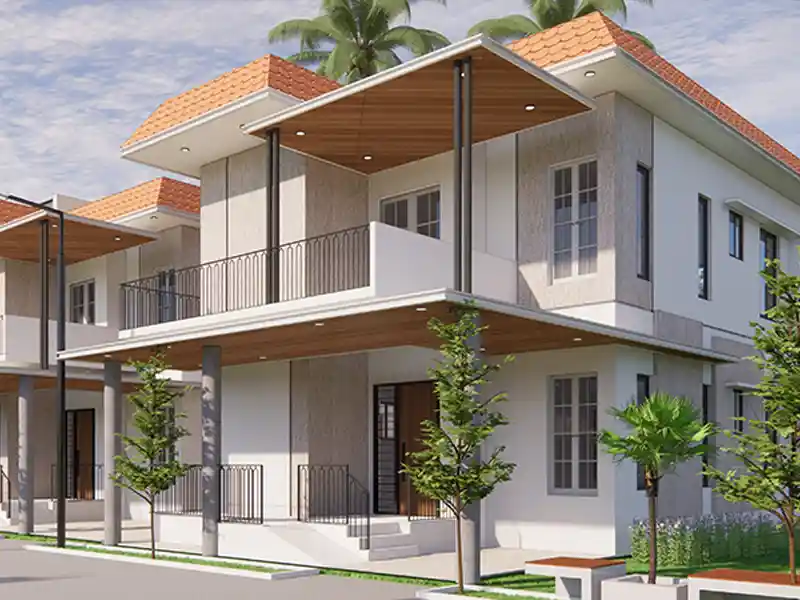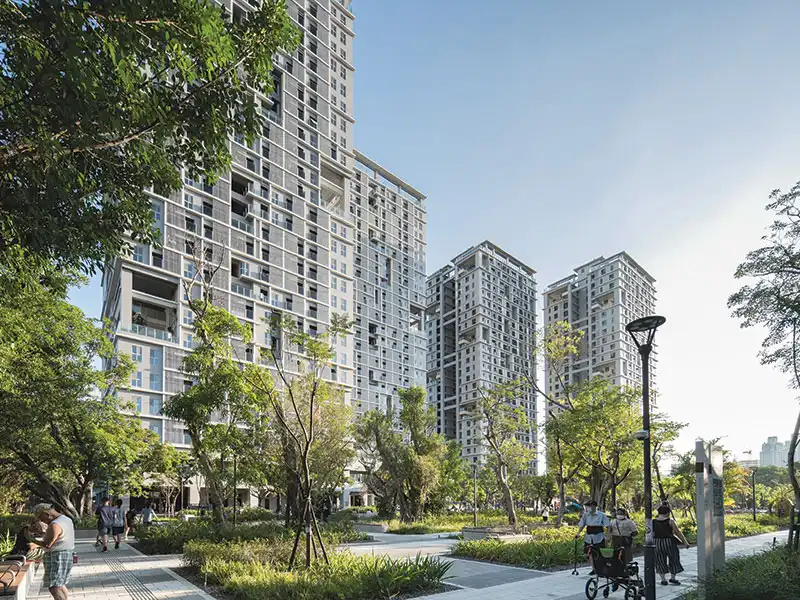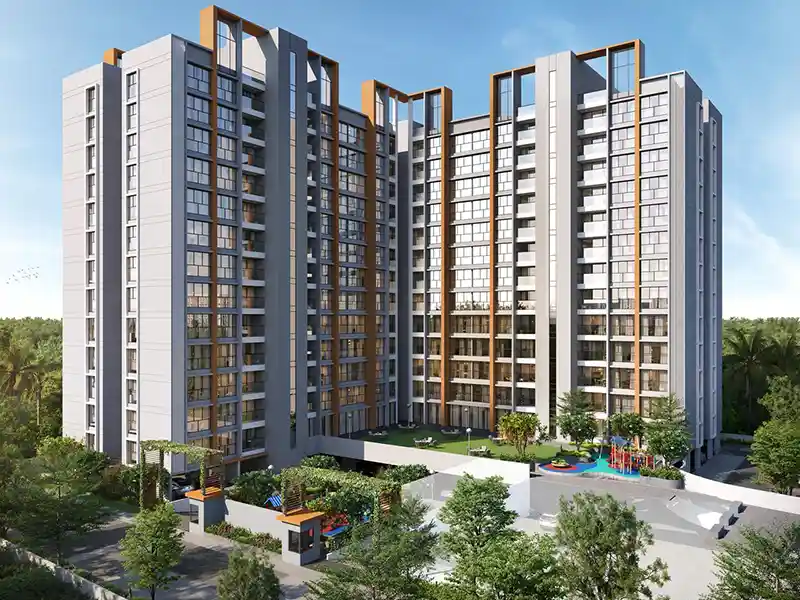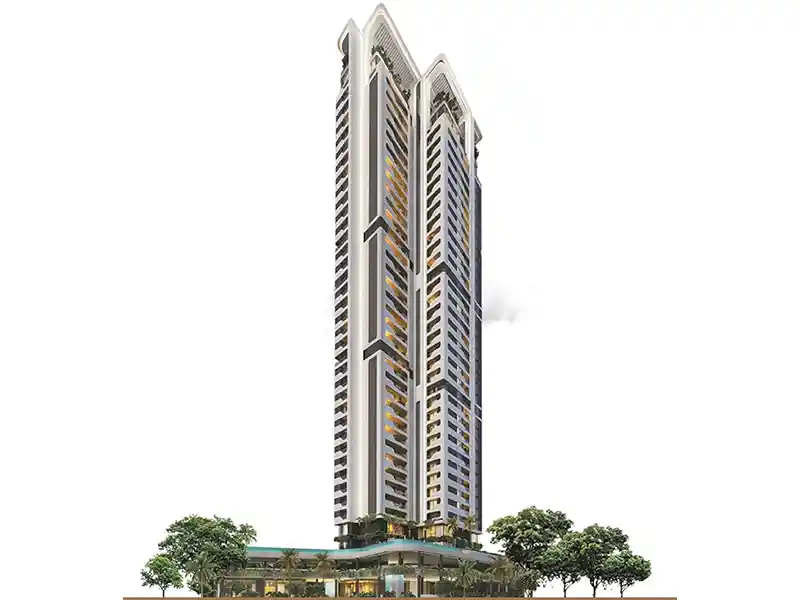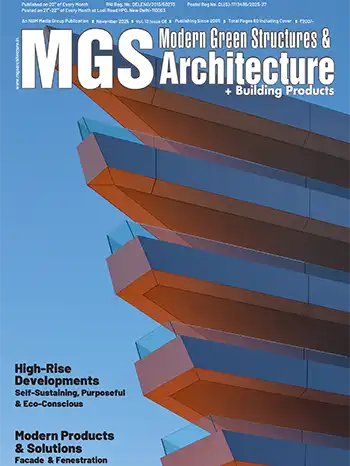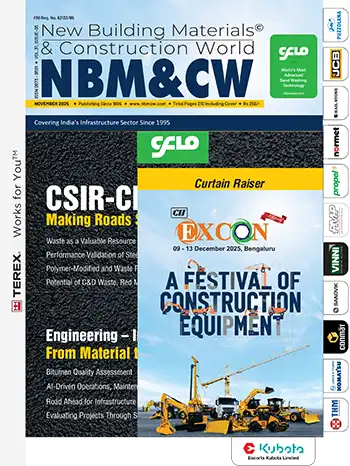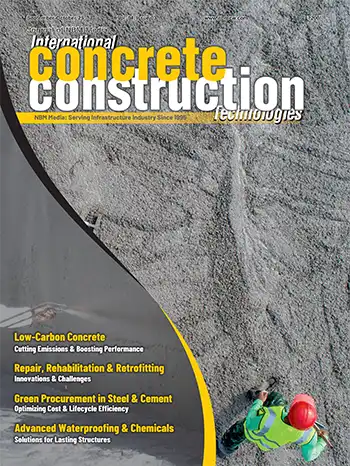Ridham Gada, Partner, Prem Group
Climate-conscious construction refers to the practice of designing, constructing, operating, and demolishing buildings in a way that minimizes their negative impact on the environment and promotes long-term sustainability.For example, during the development of the Prem Amber building, we took significant steps to contribute to the greening of the surrounding area in Kamothe. To create awareness, we reached out to people in the nearby areas and gave them trees to plant during our tree planting activity.
This collaborative approach allowed us to engage with the local community and spread awareness about the importance of environmental conservation. We ended up planting a total of 400 trees out of which 350 trees are still standing and are now self-sustaining.
Currently, there is a growing demand for modular construction, an off-site construction process that allows for greater precision, efficiency, and reduced material waste.
We, at Prem Group, have been using several measures to minimize the impact of our construction activities; these include dust suppression during demolition, dust dispersion during construction phase, and incorporation of rainwater harvesting systems.
Waste management a significant aspect of sustainability
The construction industry generates a significant amount of waste, including materials such as concrete, wood, metals, plastics, and packaging. Proper waste management is crucial for reducing the environmental impact and promoting sustainability. The first step in effective waste management is to prioritize waste reduction and prevention. This involves careful planning and design to minimize waste generation during the construction process. Strategies such as accurate estimation of material quantities, efficient procurement practices, and prefabrication techniques can help reduce waste from the outset.One of the primary goals of waste management is to maximize the reuse and recycling of construction materials. This includes identifying opportunities to salvage and reuse materials on-site or in other projects. Setting up designated areas for separating and sorting waste materials enables recycling of materials such as concrete, wood, metals, and plastics.
RecycleX has developed products such as Paver Blocks, Tiles, and Kerbstones that are made from 100% recycled materials. The materials include sand and aggregate procured from C&D waste, industrial waste such as fly ash, air pollutant carbon, and plastic waste.
Currently, there are no norms in place for responsible disposal of non-recyclable waste other than hazardous materials or contaminated soil. The waste from construction sites is required to be disposed in allocated areas and there are no prescribed measures for recycling of the waste. However, green building certifications, such as Leadership in Energy and Environmental Design (LEED) or Building Research Establishment Environmental Assessment Method (BREEAM), encourages construction companies to adopt waste management practices.
However, with measurable steps like energy-efficient design standards, water conservation requirements, waste management guidelines, and incentivizing sustainable practices, the central government can encourage and guide the construction industry towards climate-conscious construction. Additionally, the central government can collaborate with industry experts, architects, and environmental organizations to develop best practices and provide technical support to the states.


